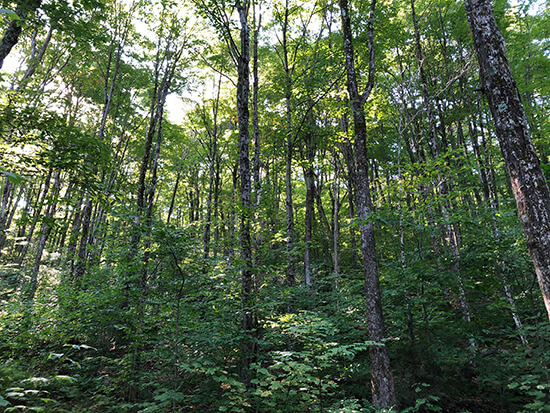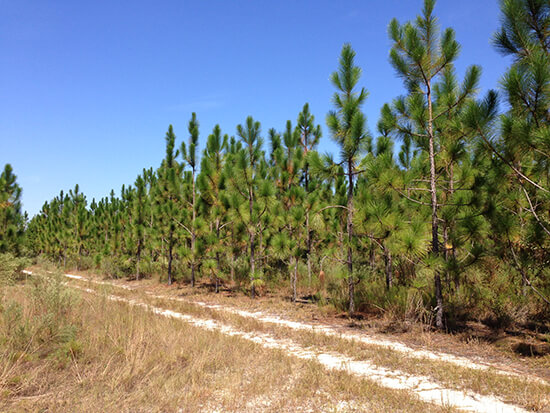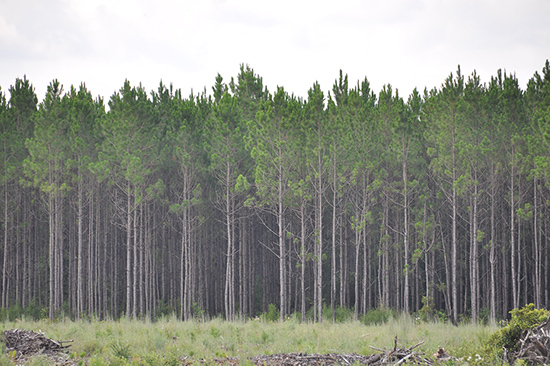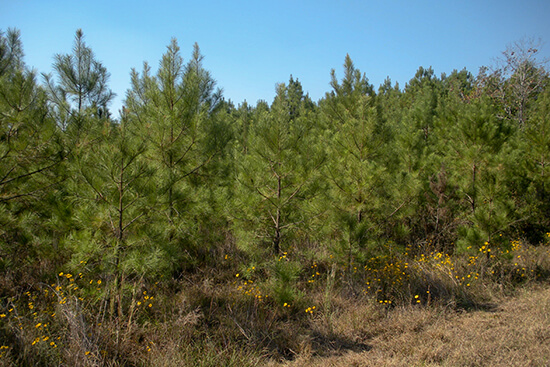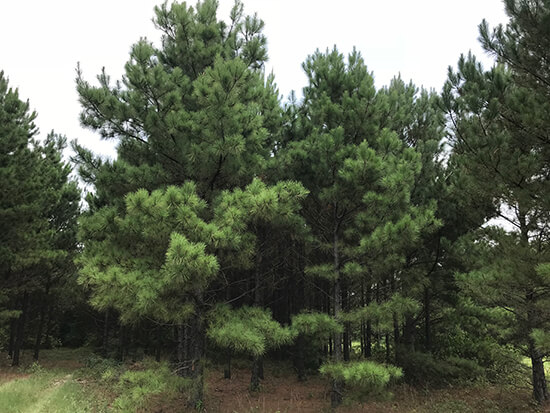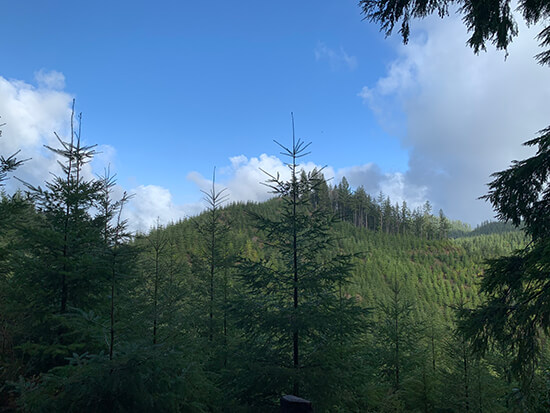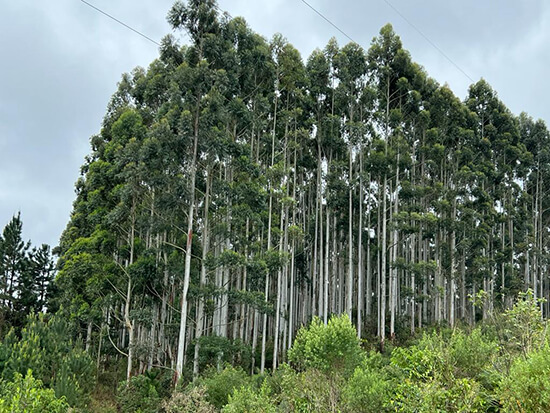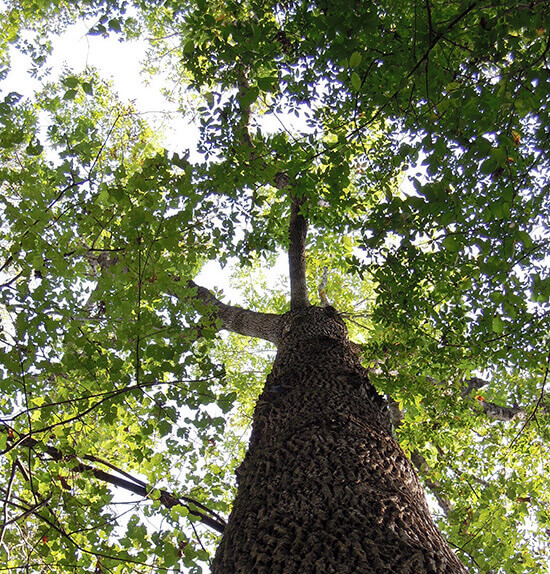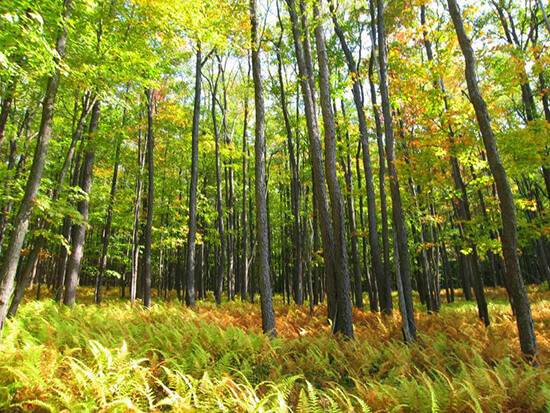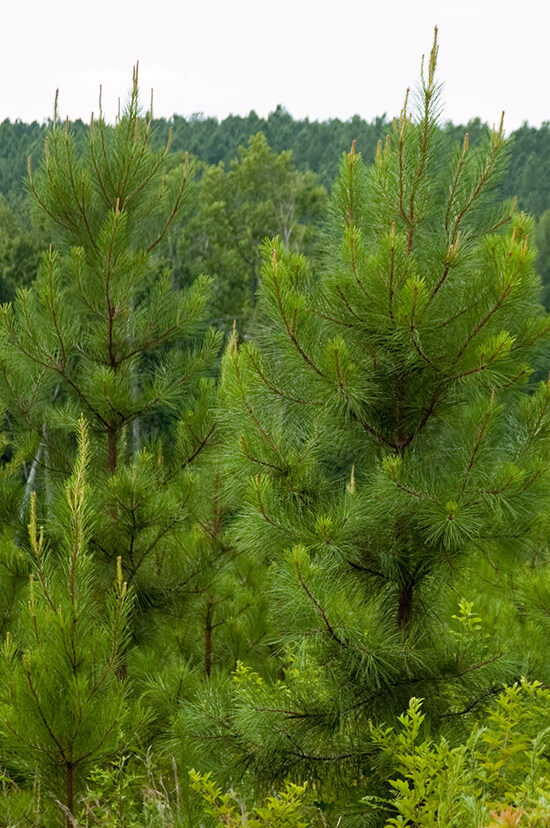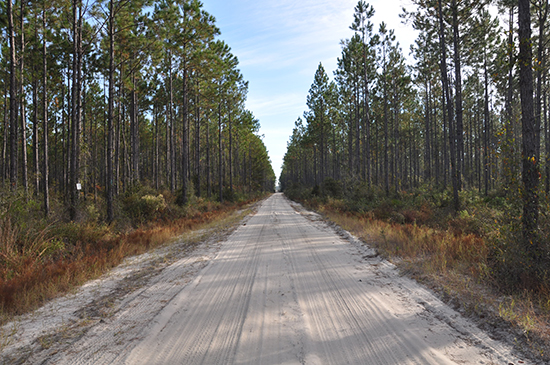What You Should Know
Why Invest in Timberland?
Discover how timberland investments can serve as a valuable component of a diversified portfolio.
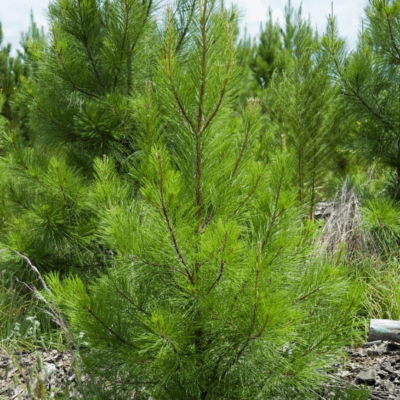
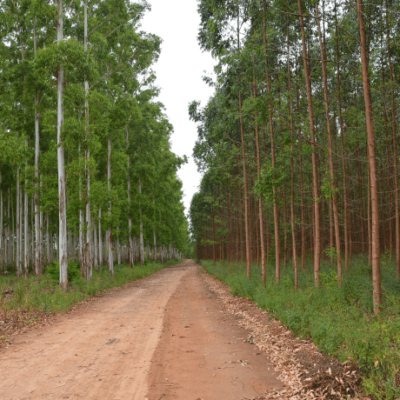
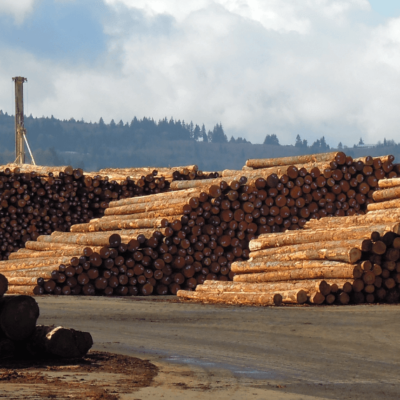
-
Biological Growth
The biological growth of trees is an integral driver of returns for timberland investments and is the asset’s most distinguishing trait. Research demonstrates it can make up more than two thirds of the return over the investment horizon. And because it is independent of other factors typically impacting financial investments, trees grow in both volume and value even during the most difficult economic times. Consistent biological growth is what leads to timber’s stable returns and low correlation with other financial assets.
-
Competitive Returns
Professionally managed timberland portfolios can provide investors with the potential for competitive risk-adjusted returns, while also providing attractive environmental benefits. Over the long-term, forestland has consistently performed well compared to other real assets. In times of major market disruptions, recessions and short-term volatility, working forests provide investors with much needed stable performance.
-
Diversification
While many assets may claim low correlation over periods of time, timberland has demonstrated low correlation with many major asset classes since the establishment of the asset class as a part of institutional portfolios. This is driven primarily by the nature and influence of biological growth. Adding timberland to a diversified portfolio can diminish volatility and reduce overall portfolio risk.
-
Inflation Protection
Protecting against inflation is a primary goal for many long-term investors from family offices to pensions plans. Few assets other than timberland have the proven long-term ability to preserve capital and purchasing power in the face of rising consumer prices. Not only are returns highly correlated with inflation, but analysis by Forest Research Group shows that U.S. timberland returns appear to lead the U.S. Consumer Price Index by a year. Read the full article.
-
Promising Future
The long-term supply and demand fundamentals of timberland bode well for true long-term investors. Understanding how to position forestland investments to low-cost and globally competitive wood products facilities will provide those long-term investors a stable exposure to important trends. A growing global population, coupled with a rising standard of living in many parts of the world, will lead to increased demand on a finite supply of timberland. In addition, recognition of timber’s sustainability characteristics is growing and leading to both new uses of wood and new markets for forests and forest products.
